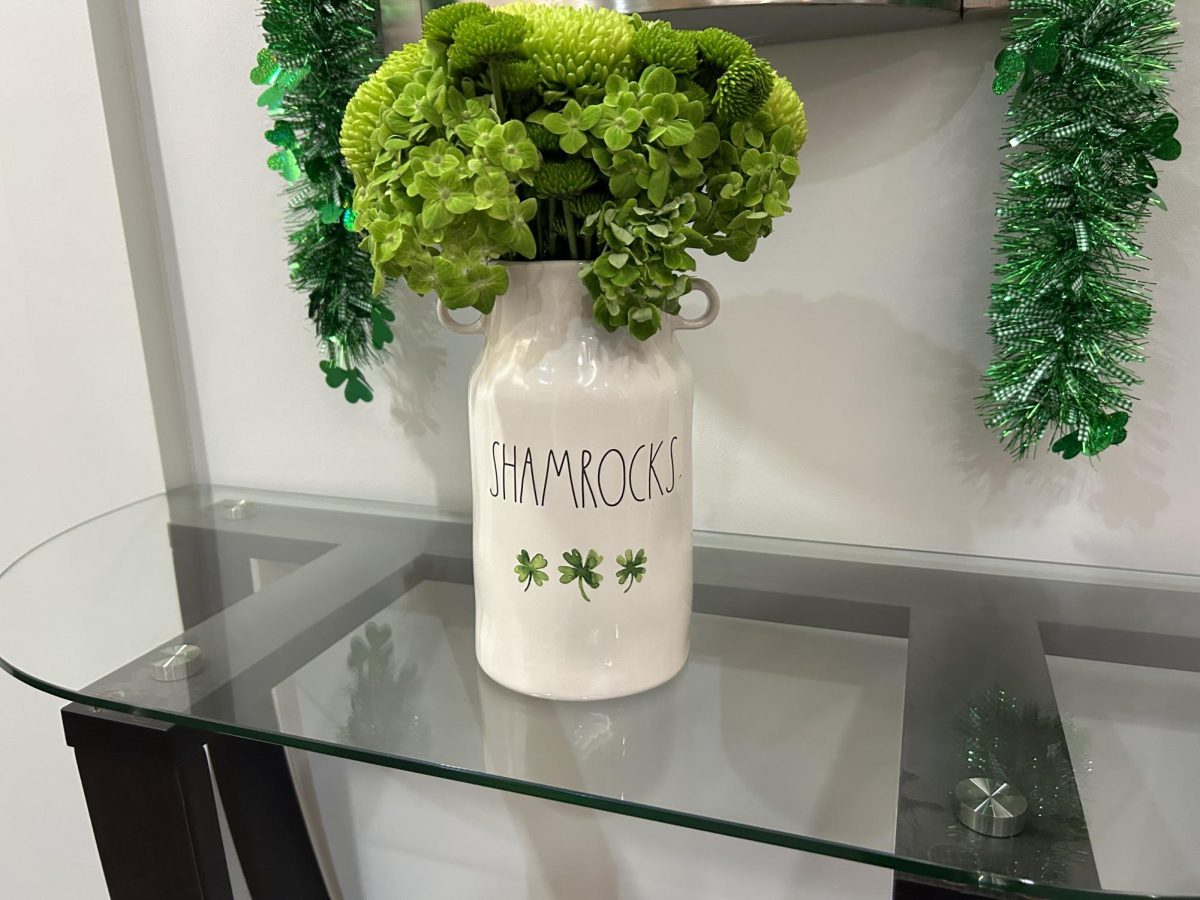Originating in Ireland circa 901 A.D., St. Patrick’s Day has since become a globally recognized holiday. March 17 marks the anniversary of Saint Patrick’s death, a revered patron saint.
“From what I’ve learned over the years, St. Patrick was highly regarded throughout Ireland because he is known for spreading Christianity. Since then, St. Patrick’s Day has evolved and become widespread,” said Caydence Likeness (‘25).
History Behind St. Patrick’s Day
St. Patrick is known for his deed of bringing Christianity to Ireland, and is thought to be a “savior” of sorts in Irish history. A variety of legends have accumulated since his introduction, transforming his religious service into a secular holiday with masses of commercialized, Irish-themed parades.
“I feel like St. Patrick’s Day history has been forgotten, in a way. Before, the Irish would celebrate and honor St. Patrick for introducing Christianity to Ireland, but now the religious part of the holiday has been disregarded, at least in my opinion, and has become associated with green, leprechauns, and luck,” said Likeness.
Debunking Common Misconceptions and Myths
There are quite a few misconceptions and myths about St. Patrick’s Day. Some of these myths have long been ingrained in people’s minds since primary school, such as wearing green to avoid getting pinched, four-leaf clovers having lucky properties, or that leprechauns are real (sorry to all the believers out there!).
“When I think about St. Patrick’s Day, I think about the color green, leprechauns, shamrocks or four-leaf clovers, and corned beef. With four-leaf clovers, I think they’re supposed to be magical and bring you luck since they’re so rare,” said Joyce Huang (‘25).
Despite all of the lore around these traditions, they are not real, to the disappointment of many. The color green, four-leaf clovers, leprechauns, and other symbols only gained popularity around the St. Patrick’s Day holiday because they are strongly associated with Ireland.
“I know these traditions are not real, but they are still fun to celebrate. I’ve known about these myths my whole life, probably starting in primary school,” said Mai Falcone (‘26).
Recipes and Sweet Treats
What’s better than a sweet treat on a day full of mischievous pranks and glee? From the comfort of home, try out some green dessert recipes or dive deep into Irish culture by whipping up traditional Irish meals.
St. Patrick’s Day traditions serve as a way to support and show regard to the hefty history behind the renowned day. So, for the upcoming St. Patrick’s Day, do not be afraid to show spirit and wear green, cook up some Irish meals or desserts, or hunt for a pot of gold.











